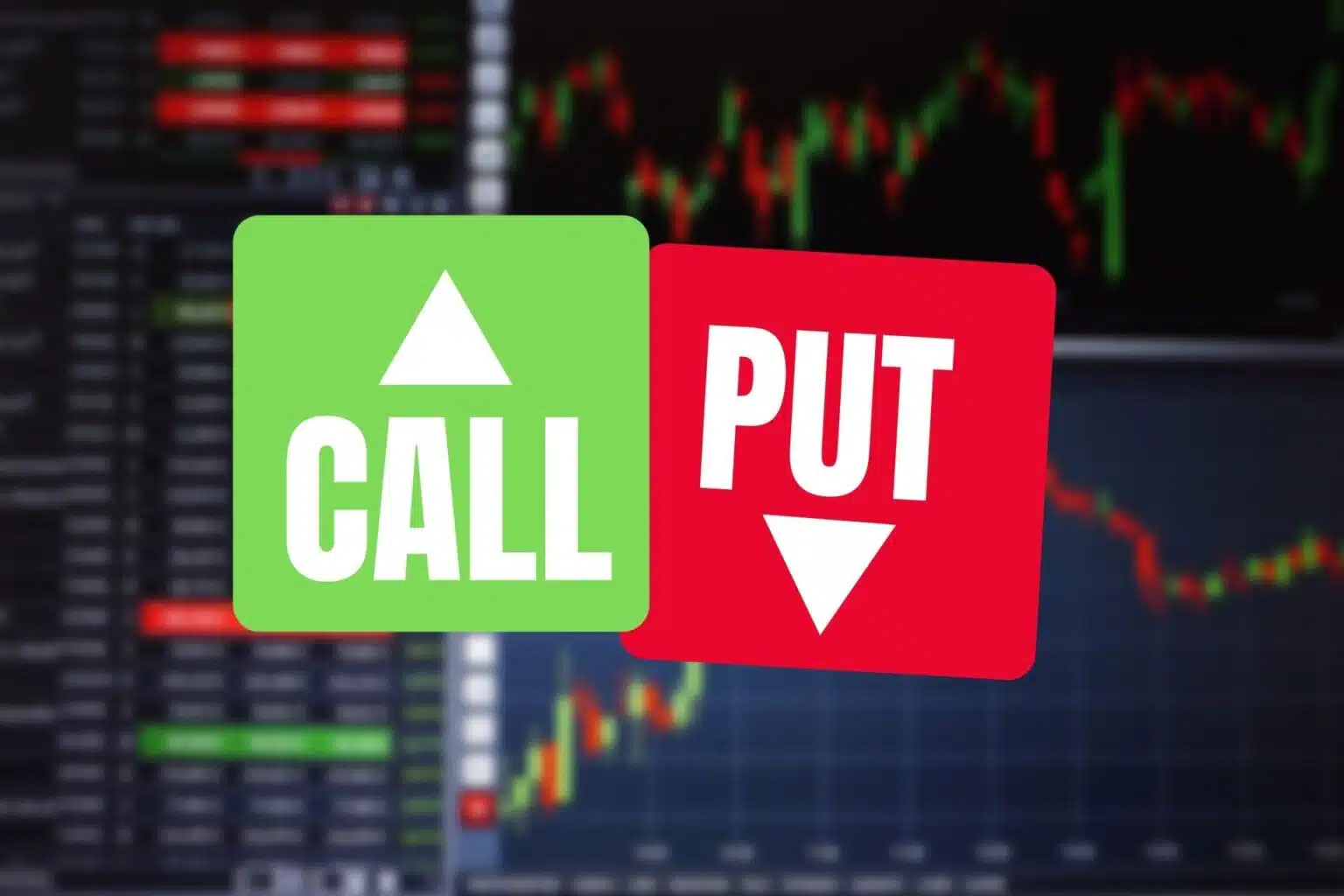The trading of options is popular right now. In the case of trading, the exposure or leverage is quite high. While there is a risk involved, perhaps greater than regular delivery stock trading, there can also be substantial rewards.

Image source: Trade Brains
Table of Contents
What is Option Trading?

Option trading is a form of financial trading that involves the buying and selling of options. An option gives you the right but not the obligation to buy or sell an asset at a specified price on or before a given date.
Options can be used in many ways, including:
- Hedging against price movements in stocks or other assets (for example, using call options to protect against declines in the value of your portfolio).
- Speculating about future prices by buying and selling options on assets whose prices are expected to move significantly over time (for example, buying put options on stocks).
Essential Strategies for Option Trading

- Long Call Strategy: A long call option strategy is one in which the investor buys a call option and simultaneously sells another identical option with a different strike price, time to expiration and underlying asset. This can be done for any number of reasons, but it gives the trader an opportunity to profit from both rising and falling markets.
- Long Put Strategy: A long put strategy involves buying one put while simultaneously selling another identical put with a different strike price, time to expiration and underlying asset; again this can be done for any number of reasons but generally speaking it’s used as an insurance policy against downside risk (or simply as speculation).
Advanced Strategies for Option Trading
- Covered call strategy: This is a bullish option strategy where you sell calls against your long stock position. You get paid for selling the call and receive dividends on your stock, but if the stock goes up, then you lose both profits from selling the call and any gains in value of your shares.
- Collar strategy: This involves buying an out-of-the-money put option with a strike price that’s below current market value, while simultaneously writing an out-of-the-money call option with a strike price equal to current market value or higher (depending on what kind of collar). It’s designed to limit losses from downside moves while still allowing some upside exposure if prices move higher than expected during expiration day.
- Protective put strategy: A protective put is similar to a covered call except that it involves buying stock instead of selling it outright.
- Straddle Strategy: A straddle involves purchasing both puts and calls with identical expiration dates at one strike price so as not only protect against losses but also allow for unlimited profits if prices move significantly either way before expiration date.
Managing Risk in Option Trading
There are several ways to manage risk in option trading.
- Diversification: You can diversify your portfolio by buying options on different stocks, or by buying options with different expiration dates and strike prices. This will help you avoid putting all of your eggs in one basket, which could lead to disaster if that stock goes down or doesn’t move as expected.
- Stop-loss orders: A stop-loss order is an instruction given to a broker that tells them what price level should trigger the sale of an asset (in this case, an option). If the market reaches that point before expiration day arrives, then it will automatically sell at the specified price level and this can be useful if there’s something unexpected happening with one particular stock/ETF/etc., since it prevents losses from getting too big before they become unmanageable (which could happen if there were no stop orders).
- Limit orders: A limit order lets traders set their own limits on how much they want their position size increased after each trade has been executed; this means they won’t overspend unnecessarily just because they’re excited about making money.
The world of options trading may seem daunting at first glance, but with practice and persistence, anyone can master this art form.













